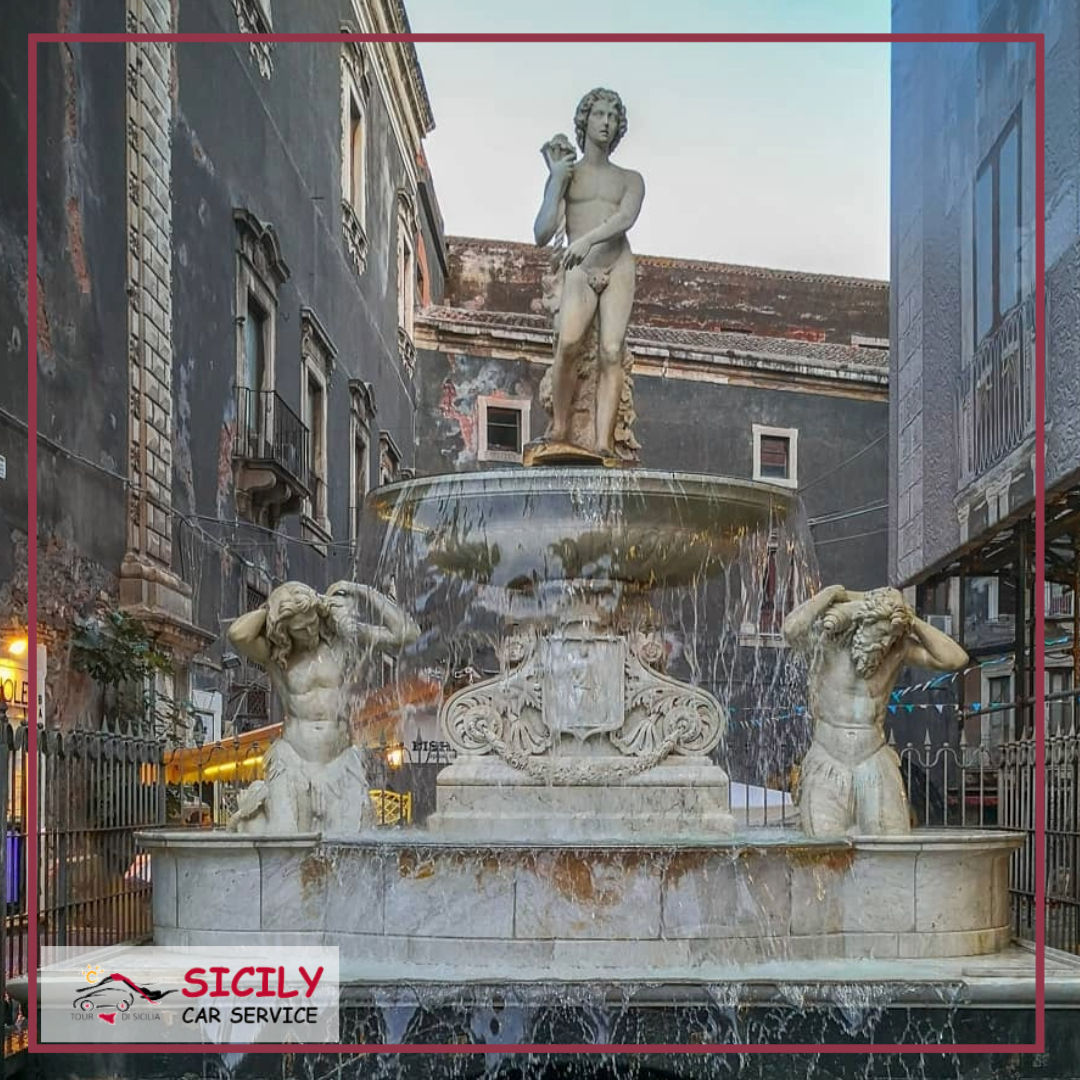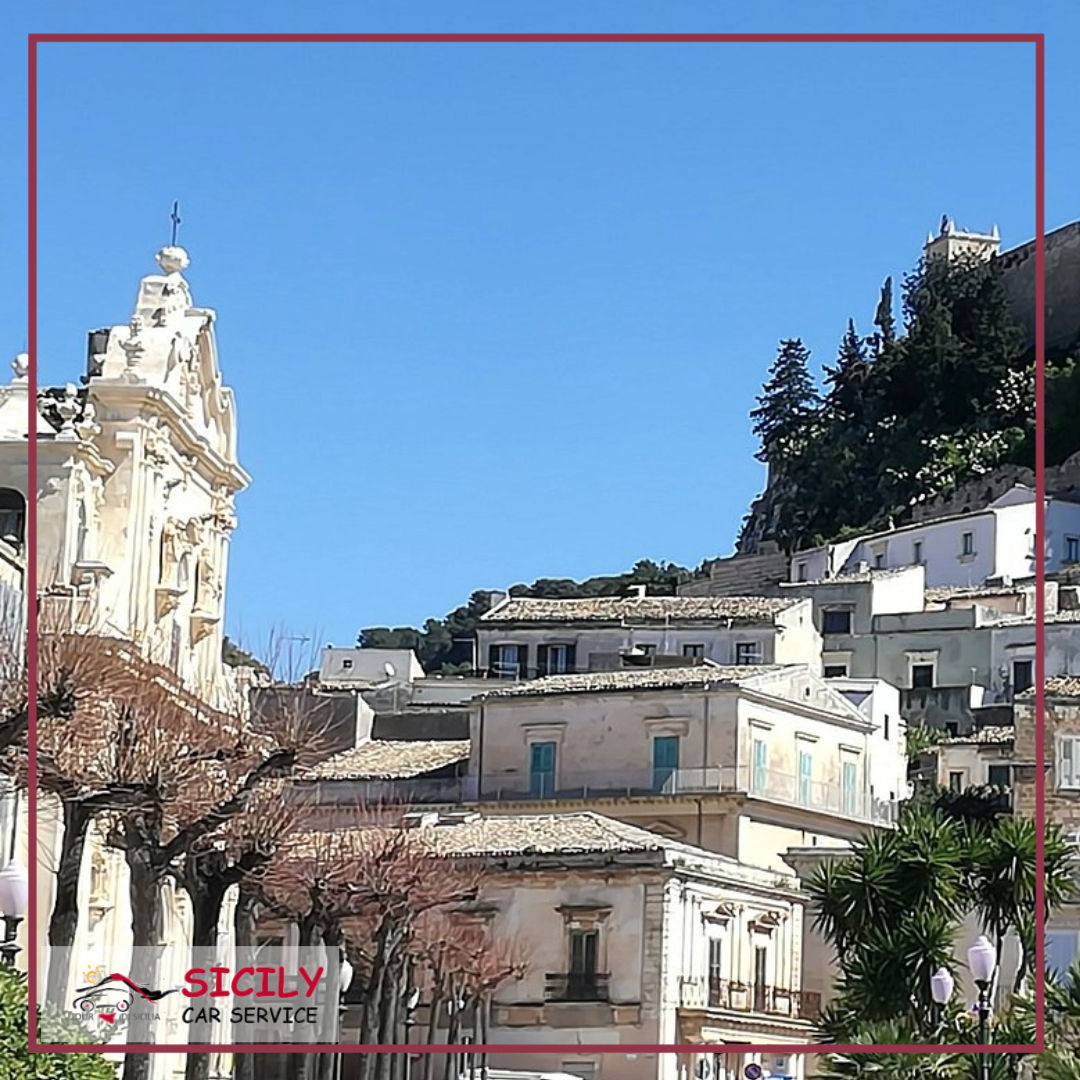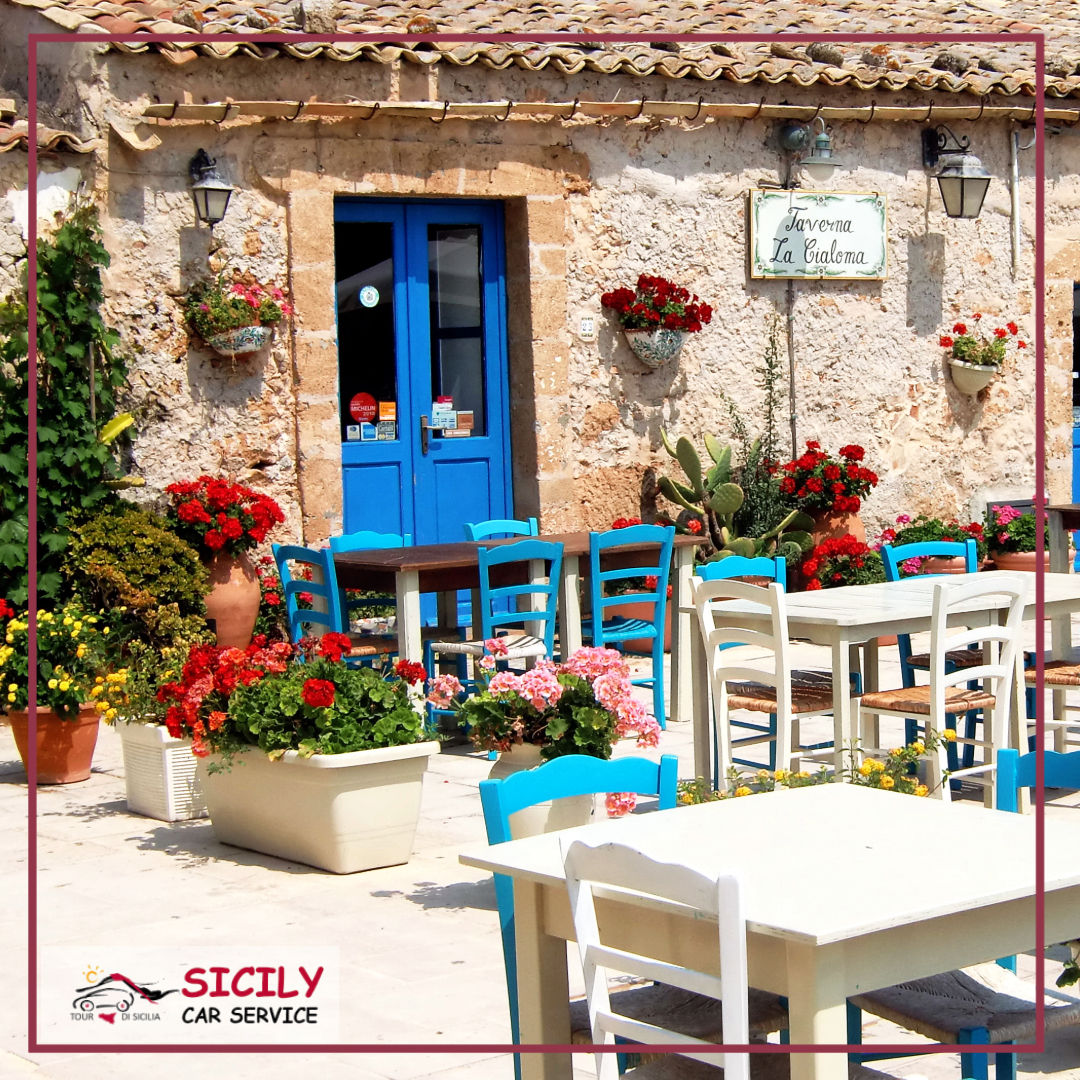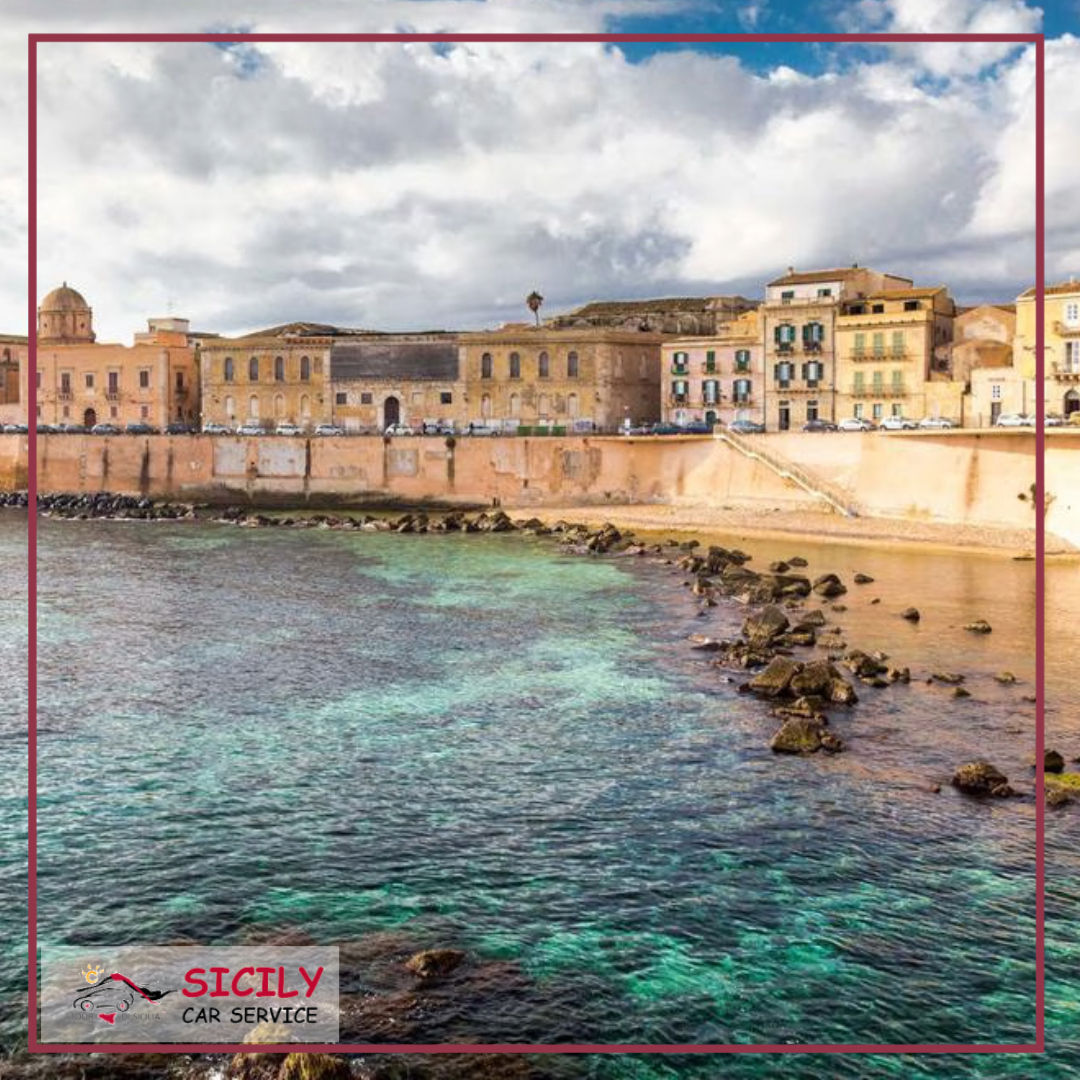After exploring the mighty Mount Etna and experiencing the vibrant nightlife of Catania, Rita and Matteo found themselves increasingly enamored with the city. This Sicilian gem, rich in history, legends, and culture, had captivated them with its energy and unique charm.
Determined to discover more, they once again contacted their trusted driver, Marco, to organize a day of exploring the secrets and beauties of Catania.
A Comfortable and Relaxing Start
Even though their hotel was located in the heart of Catania, Rita and Matteo knew that exploring the city in the height of summer, with temperatures easily exceeding 40 degrees Celsius, could be exhausting. For this reason, they decided to rely once again on Marco, their driver and guide, who knew the city like the back of his hand.
"Good morning, Marco!" greeted Rita and Matteo as they stepped into the comfortable black sedan. "We're ready for a new adventure."
"Good morning to you! Today, I'll take you to discover the heart of Catania, filled with history, legends, and the most fascinating spots in the city. Don't worry about the heat; I'll make sure everything is as pleasant as possible," Marco replied with his usual smile.
The journey began immediately, with Marco skillfully navigating through the city streets while he started sharing stories and anecdotes about Catania.
The Fish Market: A Riot of Life and Colors
The first stop was the famous fish market of Catania, also known as "la Pescheria." Located near the Cathedral of Sant'Agata, this market is one of the oldest and liveliest in Sicily, a place where the scents of the sea mingle with those of fresh spices and herbs, and where the chatter of the vendors creates a unique atmosphere.
"Welcome to the Pescheria," said Marco as he parked the car in a shaded corner. "This market is a sensory experience. You'll see the best products from the sea, freshly caught fish, and the freshest seafood."
Rita and Matteo got out of the car and were immediately enveloped by the colors and sounds of the market. "It's incredible! I've never seen so much fish in one place," exclaimed Matteo, admiring the stalls brimming with swordfish, octopus, and bright red prawns.
"Life pulses strongly here," Marco continued. "And it's not just a market; it's a place where Sicilian tradition and culture are authentically displayed."
The Cathedral of Sant'Agata and the Amenano Fountain
After visiting the market, the next stop was the Cathedral of Sant'Agata, an imposing building located in the heart of Piazza Duomo. Built on the ruins of ancient Roman baths, the cathedral is dedicated to the city's patron saint, Sant'Agata, a young Christian martyr.
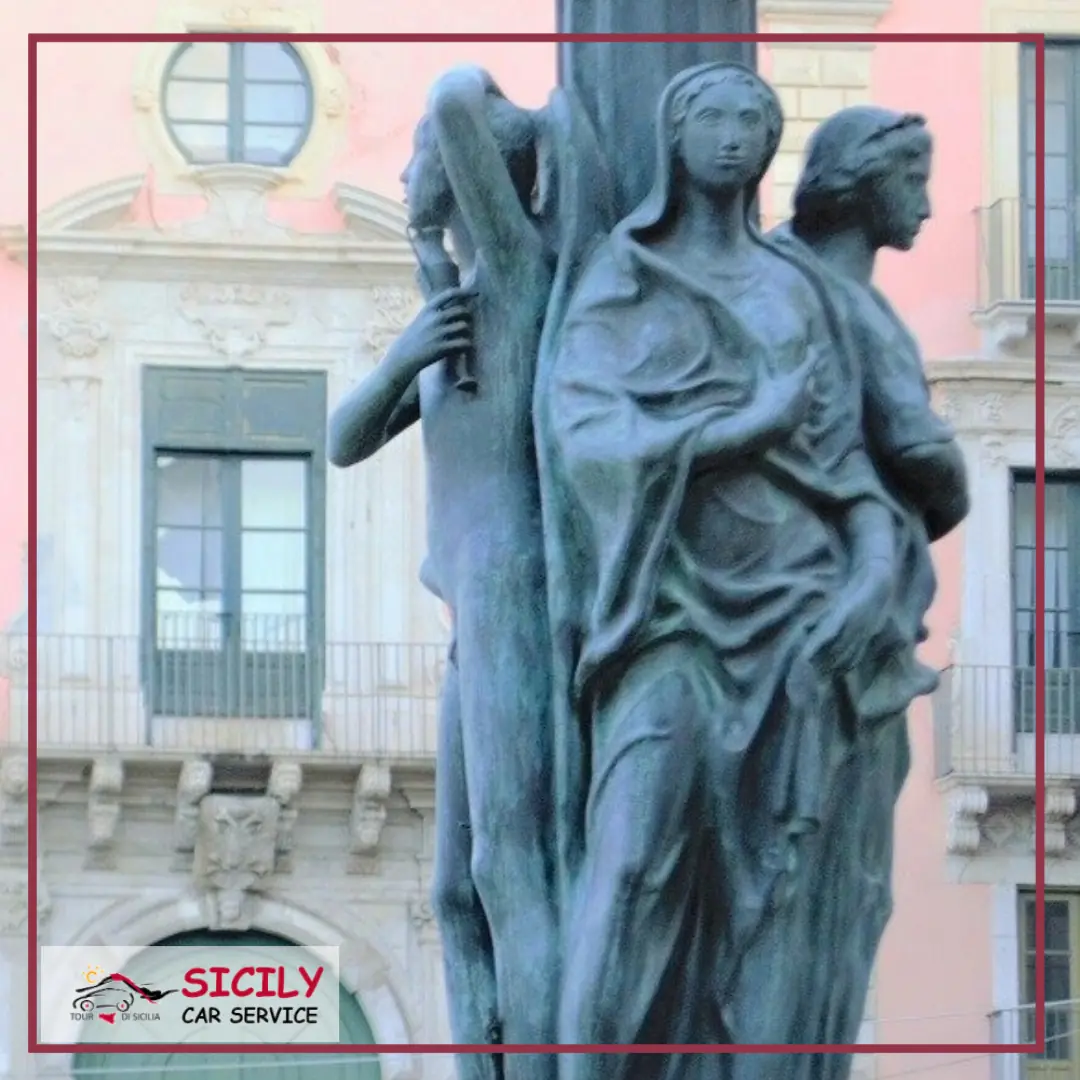
"The story of Sant'Agata is deeply intertwined with that of Catania," Marco explained as they approached the cathedral. "Agata refused the advances of the Roman prefect Quinziano and was tortured and killed as a result. Today, she is venerated as the city's protective saint."
Right in front of the cathedral stands the Amenano Fountain, one of Catania's most enchanting attractions. "This fountain is also known as 'l'acqua o linzolu,' or the water under the sheet," Marco explained. "The water you see flowing comes from the underground Amenano River that runs beneath the city. Legend has it that the water from the fountain brings good luck to those who dip their hands in it."
Fascinated, Rita approached the fountain and let the cool water flow through her fingers. "It's really refreshing," she said with a smile.
Piazza Università and Piazza Stesicoro: Between Legends and History
Leaving Piazza Duomo behind, Marco guided his guests towards Piazza Università, one of Catania's most elegant squares. "This square is famous for its wrought-iron candelabras, which tell stories and legends of Catania," Marco explained.
"The four legends depicted on the candelabras talk of the Paladins of France, impossible loves, and mythical dragons. One of these legends tells the story of Gammazita, a young Catanese woman who preferred to throw herself into a well rather than yield to the Spanish knight who pursued her."
Rita and Matteo listened in fascination as Marco continued his narrative. "These legends are a fundamental part of Catanese culture. Through them, values, traditions, and the city's identity are passed down."
Proceeding to Piazza Stesicoro, the group paused to admire the Roman Amphitheater, one of the largest and best-preserved in Italy. "This amphitheater dates back to the 2nd century AD and could accommodate up to 15,000 spectators," Marco explained. "Legend has it that treasures are still hidden beneath this amphitheater, protected by the spirits of ancient gladiators."
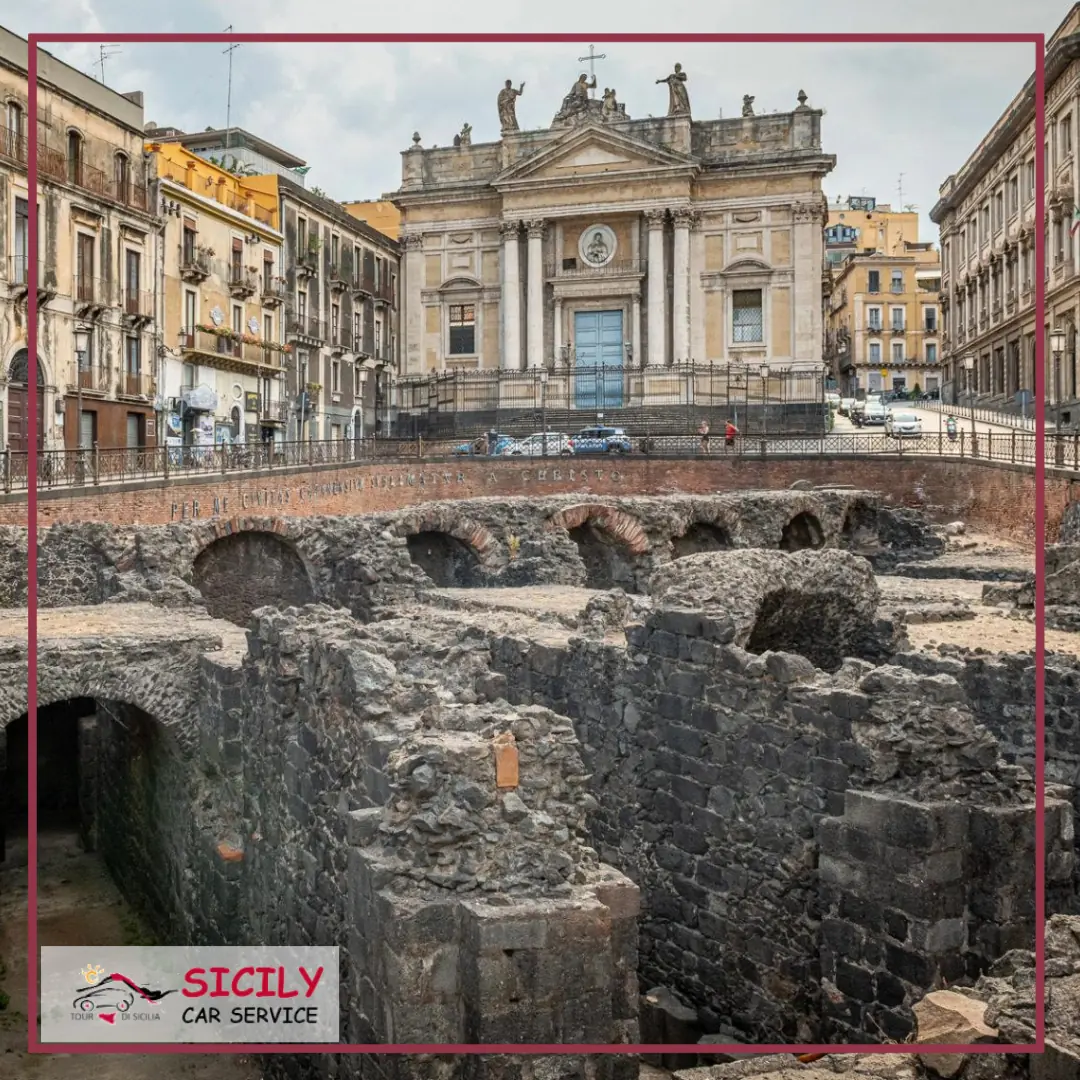
A Restorative Lunch
After such a rich morning of discoveries, it was time to take a break and enjoy a typical Sicilian lunch. Marco took Rita and Matteo to a traditional trattoria, located on a quiet side street.
"I recommend trying pasta alla Norma, a typical Catanese dish made with eggplant, salted ricotta, and tomato," Marco suggested as they settled at the table.
"I love Sicilian cuisine," said Rita as she savored the dish. "Every bite tells a story."
Matteo nodded, enjoying the local wine that accompanied the meal. "Catania is a city that knows how to win you over, not only with its monuments but also with its cuisine."
Acitrezza and Acicastello: Legends of the Sea
After lunch, Marco took them to explore the eastern coast, heading towards Acitrezza and Acicastello, two picturesque fishing villages rich in history and legends.
"These places are famous for the Faraglioni, large volcanic rocks that rise from the sea," Marco explained. "Legend has it that they were thrown by Polyphemus, the cyclops from the Odyssey, at Ulysses as he fled from his cave."
Acitrezza is also where Giovanni Verga set his famous novel "I Malavoglia," a story of fishermen reflecting the hard life and struggles of the local people. "Walking through these streets is like taking a step back in time," said Marco as they strolled along the seafront.
The visit continued to Acicastello, where an ancient Norman castle stands on a basalt cliff. "This castle has witnessed centuries of history," Marco recounted. "From here, you can enjoy a spectacular view of the sea and the Faraglioni. It's easy to see why these places have inspired so many legends."
The Return to Catania: Between History and Nightlife
After such an emotionally rich day, the group returned to Catania just in time to watch the sunset that painted the characteristic lava stone buildings of the city in shades of red and orange. "Catania is a city that never ceases to surprise," said Marco as they approached their hotel.
"Thank you, Marco, for this incredible day," said Matteo. "We've learned so much about the history and legends of Catania."
"It was a pleasure to accompany you," Marco replied. "But remember, Catania still has a lot to offer. Its nightlife, for example, is something you shouldn't miss."
Rita and Matteo smiled, ready to immerse themselves once again in the lively nightlife of the city, knowing that every corner of Catania hides a story, a legend, or a tradition worth discovering.
FAQ about the Catania Tour: Legends and Culture
- Why did Rita and Matteo choose to explore Catania with a private driver? Rita and Matteo chose to explore Catania with a private driver for the comfort and convenience of traveling in an air-conditioned car, especially during the hot summer days. They also appreciated the deep knowledge of the city that their driver, Marco, provided, making the experience even richer and more interesting.
- What are the main attractions visited during the Catania tour? During the tour, Rita and Matteo visited the fish market, the Cathedral of Sant'Agata, the Amenano Fountain, Piazza Università, Piazza Stesicoro, and the Roman Amphitheater. Later, they explored the picturesque villages of Acitrezza and Acicastello on the eastern coast.
- What makes the Catania fish market a unique experience? The Catania fish market, known as "la Pescheria," is one of the oldest and most vibrant in Sicily. It offers a wide range of fresh fish and seafood, creating a unique sensory experience. The market is also a place where Sicilian culture and traditions are authentically displayed.
- What is the history of the Cathedral of Sant'Agata? The Cathedral of Sant'Agata is dedicated to the city's patron saint, Sant'Agata, a young Christian martyr. Built on the ruins of ancient Roman baths, the cathedral is an important religious and cultural symbol for the people of Catania.
- What is the legend associated with the Amenano Fountain? The Amenano Fountain, located in front of the Cathedral of Sant'Agata, is fed by an underground river that flows beneath the city. Legend has it that the fountain's water brings good luck to those who immerse their hands in it.
- What stories and legends did Marco share during the tour? Marco shared several legends during the tour, including that of Gammazita, depicted in the candelabras of Piazza Università, and the story of the Faraglioni of Acitrezza, which were thrown by the Cyclops Polyphemus at Ulysses. He also shared stories related to the Roman Amphitheater and the castle of Acicastello.
- What makes Piazza Università and Piazza Stesicoro must-see stops in Catania? Piazza Università is known for its wrought-iron candelabras that tell Catanese legends, while Piazza Stesicoro houses the Roman Amphitheater, one of the largest in Italy. Both squares offer a fascinating combination of history, culture, and architecture.
- What typical Sicilian dishes did Rita and Matteo enjoy during the tour? During lunch at a traditional trattoria, Rita and Matteo tried pasta alla Norma, a typical Catanian dish made with eggplant, salted ricotta, and tomato. They also enjoyed the local wine that accompanied the meal.
- What makes Acitrezza and Acicastello fascinating places to visit? Acitrezza and Acicastello are fishing villages rich in history and legends, known for their Faraglioni and the Norman castle of Acicastello. These places offer spectacular views of the sea and an atmosphere that evokes Sicily's mythological past.
- What can one expect from Catania's nightlife? Catania's nightlife is lively and full of energy, with numerous bars, restaurants, and cafes where you can enjoy Sicilian cuisine, music, and Catanese hospitality. It's an experience not to be missed for those who want to immerse themselves in the local culture.
Sicily Car Service - Chauffeur-driven car rental
VIA WILHELM VON GLODEN
46 98039 TAORMINA (Messina)
+39 333 160 6317 - +39 328 481 7474
https://www.sicilycarservice.com
4o

